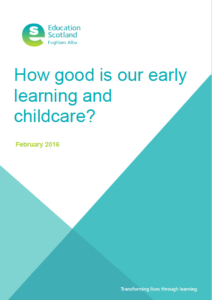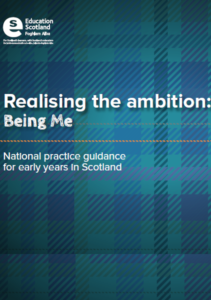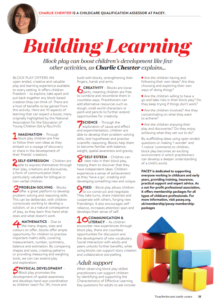QI 2.2 p27
How do practitioners challenge and support for example creativity and problem solving with young children? How do they engage in discussion and what examples are there of this working well in practice?
QI 2.3 p28
We use skilled questioning and interact in a sensitive, responsive and stimulating way to promote curiosity, independence and confidence.
QI 3.3 p45
Our indoor and outdoor learning environments and engagement with the natural world offer regular high quality experiences that enable children to explore ideas and materials and to use their imagination freely
We ensure that children access open-ended play materials to extend their creativity and thinking.
p46
Features of Highly Effective Practice
The learning environment, including the provision of open-ended and natural resources and the adaptability of space, encourage creativity.
Through exploratory play, all children have the opportunity to develop and apply investigative, problem solving and thinking skills.
There is an emphasis on talk and shared thinking. Practitioners support the development of children’s thinking skills through scaffolding, modelling, questioning and making their own thinking explicit.
Challenge questions
How well are natural materials and open-ended resources used to support sensory play, exploratory play and creativity?
Do practitioners value the creative process including individuality, rather than focus on the end product?




